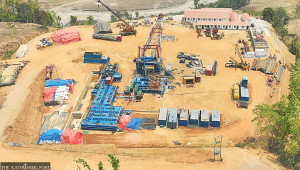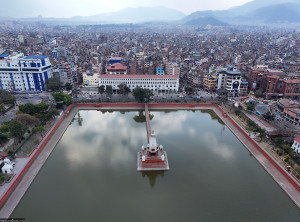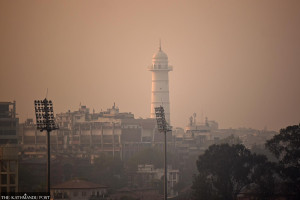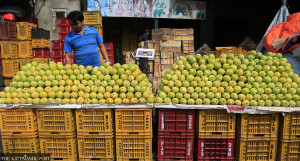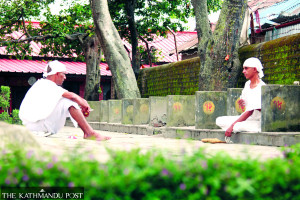Editorial
Life is precious, everybody’s
It is vital to ensure the safety of the citizens through changes in policies and practices.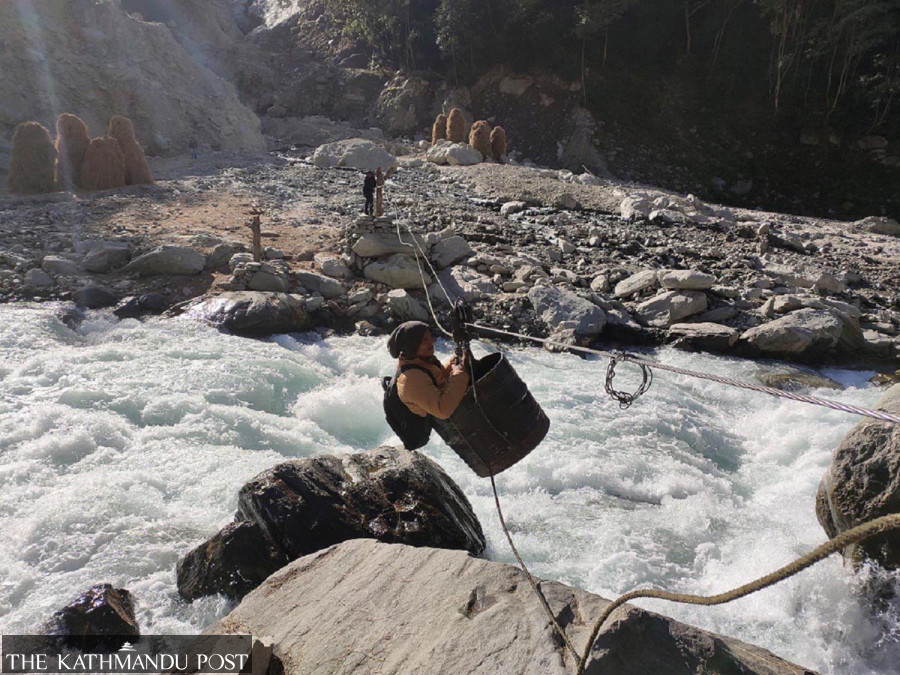
A 17-year-old boy went missing on Wednesday when an improvised cable crossing he was using to cross the Mahakali River in Vyas Rural Municipality in Darchula snapped. The youth, named Sachin Budhathoki, was reportedly returning from the neighbouring Indian market in Dharchula after buying cooking oil. That a significant number of Nepalis in Darchula have to depend on the Indian market across the border—and even Indian routes—for their daily essentials alone shows how citizens from the farthest fields live outside the nation even with they exist within the country.
It is no wonder then, that people lose their lives while crossing rivers clinging to tuins in the absence of as petty a material amenity as a bridge. It has been six years since the erstwhile Prime Minister KP Sharma Oli promised to replace all tuins in the country with bridges, but the promise has yet to come to fruition although some progress has been made in this regard. The people in the margins are made to remain in the margins no matter whoever comes to power with a bag full of promises.
As much as we wish that Budhathoki becomes the last casualty from broken tuins in Nepal, he is not going to be one. For, there will be someone else after him, just as there was Jay Singh Dhami before him. Dhami, also of Vyas Rural Municipality, was returning home from India when Indian security personnel allegedly let loose the tuin cable when he was halfway across. Budhathoki's tragedy comes just two days after 13 people were killed and 19 others were injured when a passenger bus met with an accident at Lubhughat in Ramechhap. This comes just a little more than a month after 22 people lost their lives when a Tara Air plane crashed in Mustang; and less than two months after the tragic deaths of 14 people who met with an accident in Syangja.
Many lives continue to be lost while trying to cross rivers, travel from one place to another, fly from one destination to another. The list of such tragedies seems unending, exposing the precariousness with which Nepalis sustain their everyday lives. Human lives get reduced to corpses within a matter of seconds, and hardly anyone is made responsible for the tragedies. We seem to suffer from an infliction of forgetting our misfortunes and moving on without learning lessons. And this has perpetuated an unbreakable chain of suffering from past to present. It is as if the country tests its citizens for their capacity for endurance at each moment of their lives.
It is unfathomable why human lives are made so cheap in Nepal. No one seems to be safe—be it the poor or the rich—although the tragedies of those who are killed in air crashes become the talk of the town in greater intensity. And the negligence of stakeholders, not least the state, ensures the perpetuation of this seemingly unending spell of tragedies. Thousands of people die each year in road accidents, and there hardly is any serious attempt at following safety protocols and saving lives and limbs. It is of utmost importance to ensure the safety of the citizens through changes in policies and practices. The first step towards this begins by considering citizens as human beings with fragile bodies that can endure only so much.




 20.5°C Kathmandu
20.5°C Kathmandu










